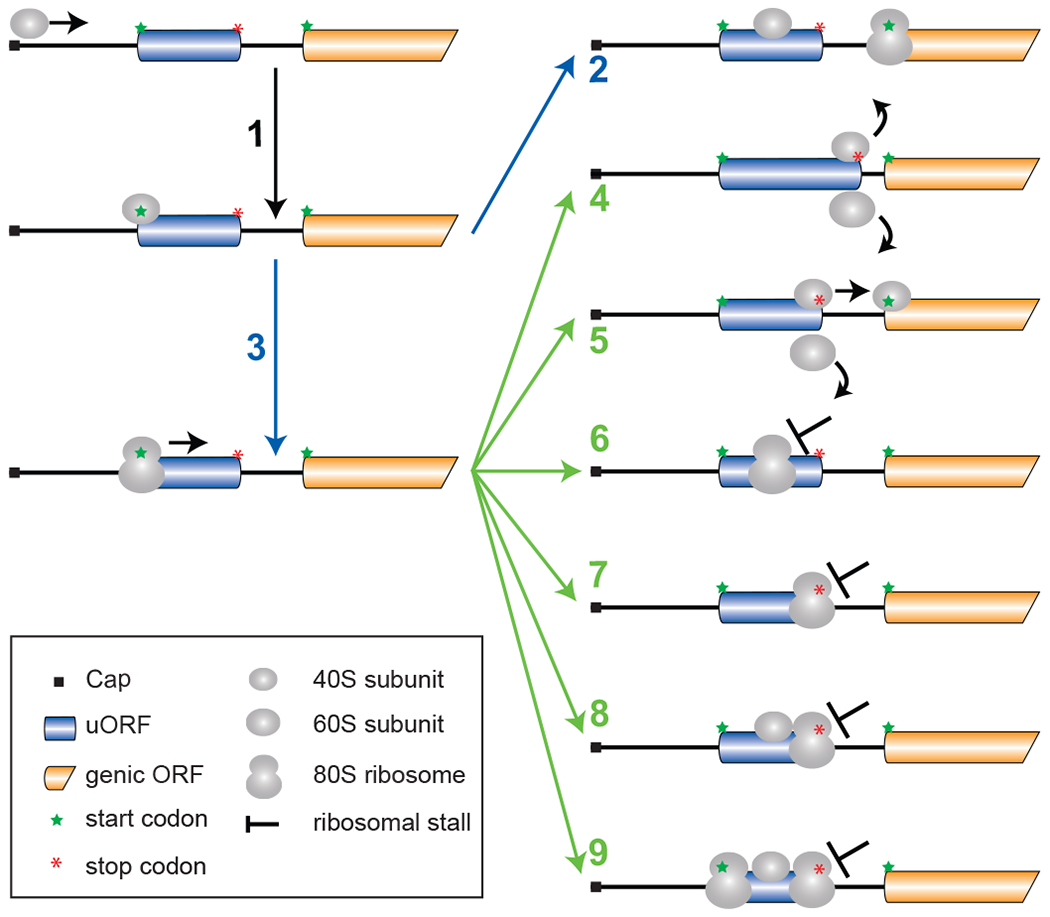Figure 2. uORF-mediated translational control in eukaryotes.

Translation initiation in eukaryotes begins with the small (40S) ribosomal subunit binding near the cap of the mRNA. The ribosome then scans the mRNA (1) inspecting for a start codon. The scanning ribosome either (2) skips over the start codon of the uORF without initiating (leaky scanning) and then translates the mORF or (3) translates the uORF. Multiple possible consequences of uORF translation include: (4) disengagement of the ribosome from the mRNA following translation of a long uORF (mORF translation is repressed) or (5) resumption of scanning by the small ribosomal subunit following translation of a short uORF enables reinitiation of translation at the mORF. If the peptide sequence encoded by the uORF causes ribosomes to pause (or stall) during elongation (6) or termination (7), a short uORF can inhibit mORF translation like a long uORF. Both the elongation and termination pausing events can prevent subsequent ribosomes from leaky scanning (8) to the mORF, and in some cases via ribosome queuing promote initiation at the uORF start codon (9) to create a positive feedback loop that enhances uORF translation and represses mORF translation.
